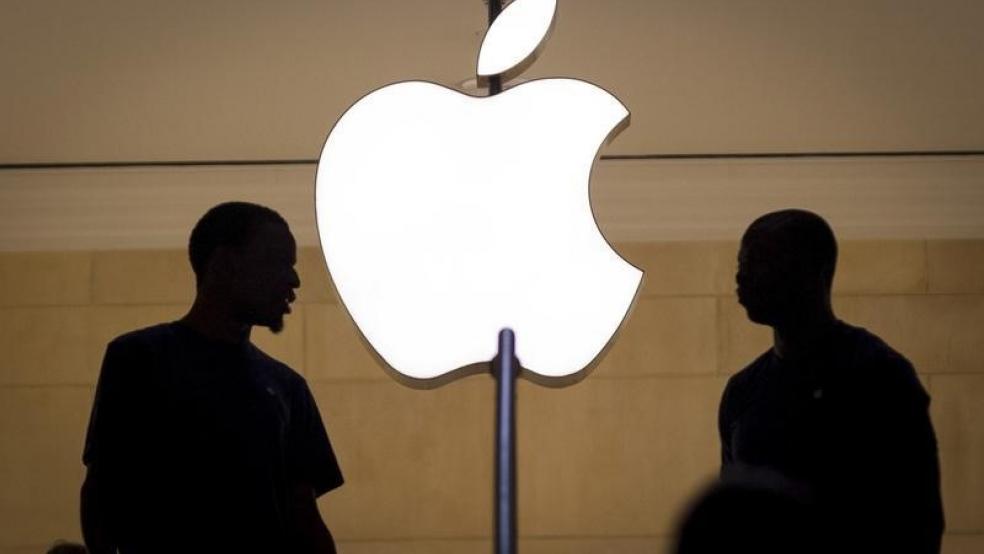The slowdown in the world’s second-largest economy is weighing heavily on the manufacturing and construction sectors, but many companies serving China’s growing upper-middle class are still seeing healthy growth. Retail sales in China have increased in four out of the past five months as the economy continues to shift toward consumption, even as the rest of the economy experiences weaker growth.
Analysts from McKinsey believe the rapidly growing upper-middle is poised to become the main driver of Chinese consumer spending over the next decade. In 2012, the upper-middle class made up 14 percent of urban households; by 2022, that number is expected to rise to 54 percent. As a result, “There is room to be optimistic about consumer growth for the foreseeable future,” Bruno Lannes, a partner at Bain & Company, told The Wall Street Journal.
Related: China Sends a Message with Its New ‘Carrier Killer’ Missile
Not all consumer segments are growing rapidly in China. Companies that target a broad range of consumers, such as General Mills, Yum Brands and Hershey, are seeing mixed results. In response, Yum Brands is shedding its China operations, while General Mills is beginning to focus on higher-end products.
Here are 5 American companies that are doing well catering to the Chinese upper-middle class:
Nike
China was a trouble spot for the athletic gear company just two years ago, with disappointing sales and a drop in demand following the 2008 Olympics, but the country now leads all regions in revenue growth for Nike. Sales in China grew 30 percent to reach $886 million in the three-month period ending Aug. 31.
In fiscal 2015, Nike sales in China increased 18 percent, topping $3 billion. Analysts expect the company to continue to do well there. Nike has worked hard to promote exercise and encourage Chinese consumers to purchase more athletic gear, and its efforts seem to be paying off.
Apple
Thanks to the iPhone, Apple has managed to dodge the decline in sales that have plagued its smartphone competitors. Revenues from iPhone sales grew by 87 percent year-over-year in fourth quarter in Greater China, which includes Taiwan and Hong Kong.
Related: Why U.S. Investors Shouldn’t Be So Worried About China
Overall sales in Greater China grew 99 percent to $12.5 billion over the three months ending Sept. 26, the company’s fiscal fourth quarter. The iPhone is Apple’s main driver of sales in the country, where its premium brand reputation and high price tag are key selling points. Half of the iPhone 6 and iPhone 6s sales were to first-time customers, an encouraging sign that Apple is attracting new users.
Starbucks
Starbucks opened one and a half new stores per day in China during the third quarter, and plans to open 900 more in the Asia Pacific region in 2016. Sales growth in China and the Asia Pacific region increased 110 percent year-over-year to $652 million in the most recent quarter, compared to 11.3 percent growth to $3.38 billion in the Americas.
China is currently home to 1,800 Starbucks cafes, nearly 8 percent of the company’s worldwide total. Starbucks, which projects that China will soon become its largest market outside of the U.S., is expecting to have 3,400 cafes in the country in 2019. The company is beating other international brands such as KFC with menus that feature pastries, sandwiches and high-end coffee products.
Tesla
The automaker had its strongest quarterly sales this year in China during the third quarter. Chief executive Elon Musk expects sales to continue to grow and eventually match sales in the U.S., as new retail locations open and major Chinese cities allow owners of Tesla vehicles to bypass license plate restrictions. During the third quarter, the company sold 1,345 vehicles, after selling 797 cars in the first quarter and 883 cars in the second.
Related: Mark Cuban: The Lesson Investors Can Learn From China
Tesla is also planning to release its Model X SUV during the first half of next year in China. The auto market has slowed because of economic turmoil, but the SUV segment continues to grow.
Coach
In recent years Coach has seen sluggish sales, but things finally seem to be improving a bit. While U.S. sales have only slowed their decline, sales in mainland China reversed a downward trend and grew by 10 percent in the most recent quarter. However, sales slipped in Hong Kong due to decreased tourist traffic from the mainland in the wake of China’s slowing economic growth and the recent devaluation of the yuan.





